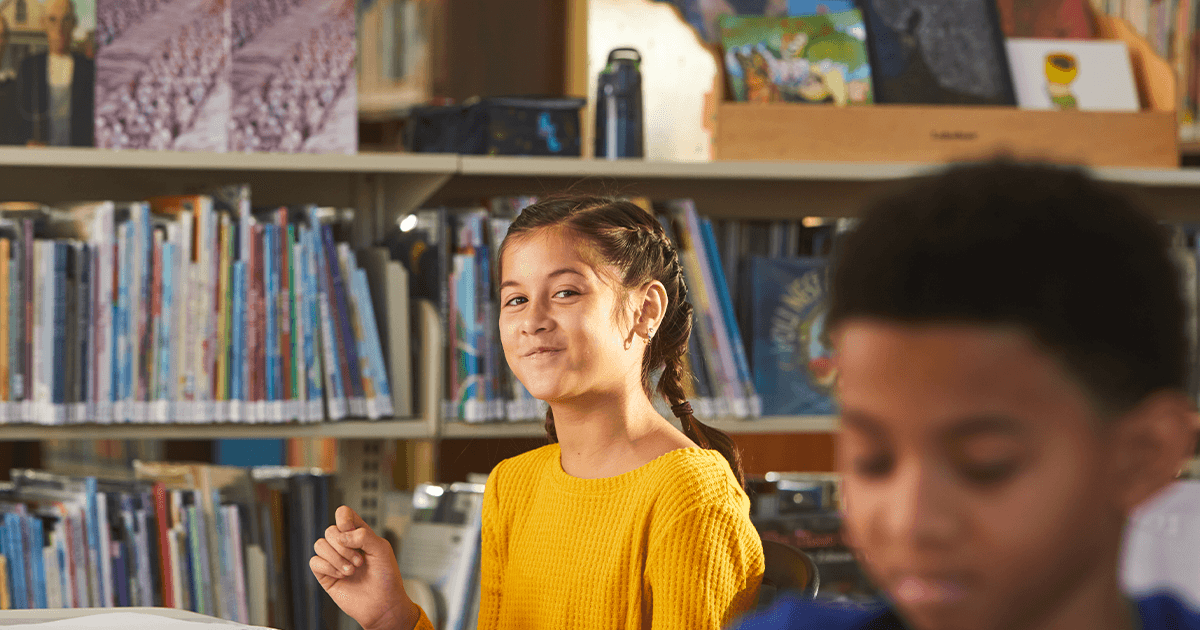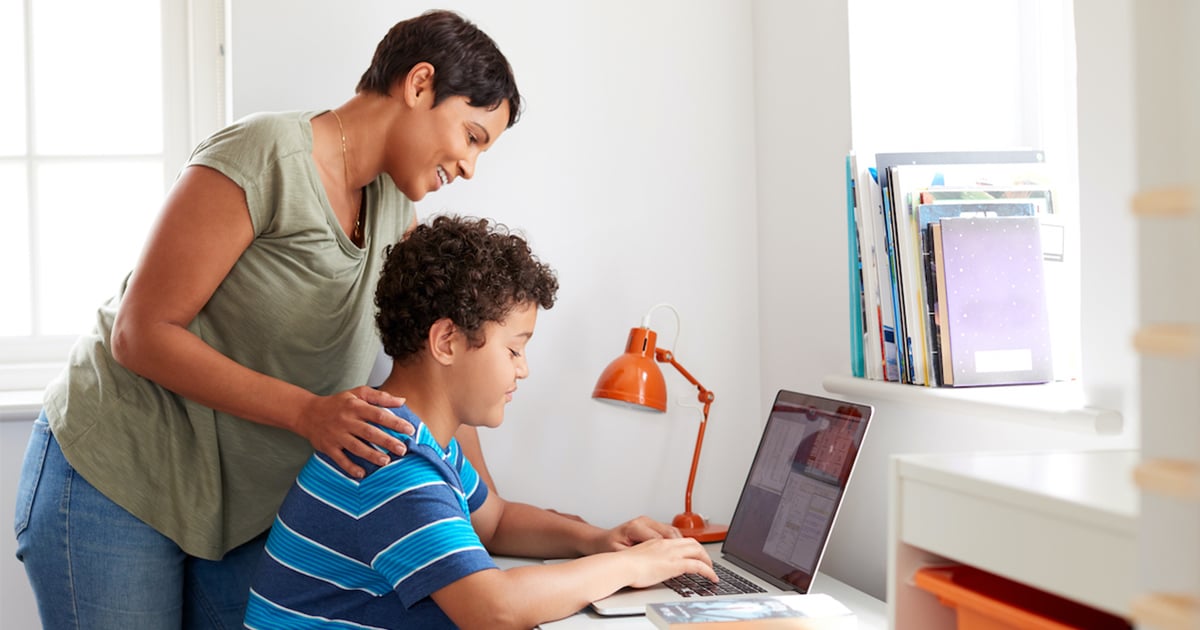Posted in: Aha! Blog > Great Minds Blog > Student Engagement Virtual Learning Webinar > Expert Advice on Boosting Student Engagement in the Era of Online Learning
One of the biggest concerns that educators are raising amid the pandemic involves keeping student engagement high during distance learning. Great Minds® hosted a virtual roundtable with educators and thought leaders from around the country to explore ways to address the problem. The following is a recap of the conversation on strong connections.
Travis Pillow, editorial director for the Center on Reinventing Public Education, moderated the discussion. The research center is tracking policies that districts and states have enacted in response to the pandemic, as well as practices schools have implemented to help with engagement and remove barriers to learning. For example, he said, the San Antonio (Texas) Independent School District created an app to track student engagement. Educators can see attendance, the frequency of interactions with teachers, and more. And states such as Rhode Island have stepped up counseling programs. “Our hope is that some of these practices that districts have developed produce lessons and improvements that they can hold onto,” Travis said.
Create advisory periods.
Travis noted that many districts are adding advisory periods to the school day during which small groups of teachers and students meet regularly, build student–teacher relationships, and give students a key point of contact for any concerns they may have. An estimated four out of 10 schools use advisories, according to his organization.
Brenton DeFlitch, K–12 literacy director and interim high school principal at Wonderful College Prep Academy in Delano, California, agreed that advisory periods have been a great way to give teachers and students structured time to gather virtually to discuss topics on their minds that might otherwise go unaddressed. He said the school has created protocols for the advisories so teachers and students know what to expect and to ensure that they are effective. He said giving people a time and a day to sit down, have a topic to talk about, and connect with each other makes a big difference in students’ lives.
Positive rewards and student surveys can help.
Brenton’s school also developed a positive rewards system for students during remote learning. That means letting teens pick a TikTok dance for him to perform and holding a Harry Potter–themed day with Hogwarts backgrounds and costumes.
The school also regularly conducts student surveys to assess whether students feel connected to teachers and staff. If students feel there are adults who care about them at school, they are more likely to be more engaged and successful, Brenton points out.
Leverage digital tools, and don’t forget family engagement.
Andress Carter-Sims, assistant superintendent for curriculum and instruction in South Carolina’s Orangeburg County School District, said the pandemic forced her community to take a hard look at improving student engagement. Teachers have leveraged tools like breakout rooms and the Chat function of their digital platform and have required students to leave cameras on. Educators also record all of their lessons so students can watch them later. The district has also prioritized communicating with students’ families and making sure parents and guardians are aware of activities, initiatives, and resources available for students. In addition, it created fun and engaging activities for the whole family, including live cooking classes.
Tanniece Chinn, who teaches second grade in Baltimore City Public Schools, noted that she and her colleagues have been consistently reaching out to the families of students with poor attendance during distance learning. She said teachers make it clear they’re going to keep reaching out until they see or hear from the missing students or their parents or guardians.
Not everything is entirely new.
At the classroom level, Tanniece started the year by setting routines and norms, just as she would do during in-person learning. “I said, ‘Let’s talk about how we can create this environment that makes you feel comfortable and is welcoming, that you want to come to and where you want to learn,’” she said.
It also means celebrating birthdays and holidays, just as you would with second graders at school, but doing it in a virtual setting. Students know the class will see a slide celebrating their birthdays. “Now cameras are coming on,” she said.
And Tanniece continues to find roles for students and ways for them to practice their leadership skills, such as managing an online chat space.
And, as always, Tanniece said, it’s vital to let children know teachers care about them. She starts each day with conversations about how kids are doing or feeling, not whether they completed assigned work. “Once students feel that love, once they feel that connection, they look forward to logging in every morning,” she said.
Brenton adds that professional development today should emphasize such approaches. “We prioritize our PD time with teachers around looking at a lot of the original research,” he said. “We looked at research released around bedside manners and nurses in hospitals, and we actually pulled it apart and looked at that research until we felt, as a school, we knew what it meant to be a caring entity."
Submit the Form to Print

Chad Colby
He has served in three state education agencies, which included time assisting New Mexico’s secretary of education with the adoption of new education reform initiatives; serving as the communications director at the Washington, D.C., Office of the State Superintendent of Education; and working as an assistant to the Florida Commissioner of Education. Chad also worked at the U.S. Department of Education from 2004 to 2009 and served as the deputy assistant secretary for media affairs and strategic communication during his final two years there. Chad is a native of Bloomington, Ill., and graduated from Florida State University.










